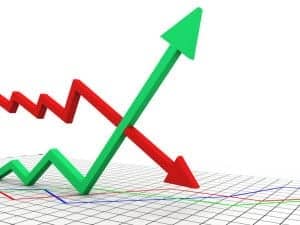
ASX Opening Auction
Ever wonder if a large trade will influence the ASX Opening Auction or share price? This is a common question from new members of The Chartist: Will their trades, or the trades of all Chartist members combined, influence or move the market? In his recent newsletter, Nick Radge answered this specific question from Steve H.:
“My portfolio is around $500,000 so my trades are over $20,000 each and I often wonder, on some of the smaller stocks with less volume if, when I place my trades at about 7.30 in the morning, I’m having an influence on the opening auction.”
Nick Radge answers the question here:

As an account grows the challenge of participating without moving the market also grows and is why many fund managers limit the assets they manage. As a rule of thumb if your trade size is greater than 5% of the daily traded volume (or turnover as some like to call it) then you may need to initiate some other tactics. These could include removing lower volume stocks from your universe selection (which will more than likely dilute returns), scale into a position during the course of the day, or if you’re using a longer term strategy, scale in over a few days.
It’s important to analyse your impact in conjunction with other factors as well. Was the US market up or down significantly the prior evening? This could induce a bias. Was there some type of significant movement in an underlying or correlated market, such as gold, silver, coal, iron ore or the Australian Dollar. Try and keep a record and draw conclusions from a large sample of data (I recently did this for a short term strategy I had been using for 5-years).
Lastly take into consideration the timeframe of the strategy and what impact the slippage has on the bottom line. Shorter term traders will be impacted significantly more by slippage and could be so adversely affected that the strategy cannot generate a worthy return. If this is the case, then look at higher turnover shares, such as the ASX-100, head over to the US where liquidity is substantially higher, or diversify across multiple strategies where the allocation will be smaller. Longer term traders aren’t penalised to such an extent as they’re looking for moves in terms of dollars rather than cents.
Still have questions? Ask Nick Radge

